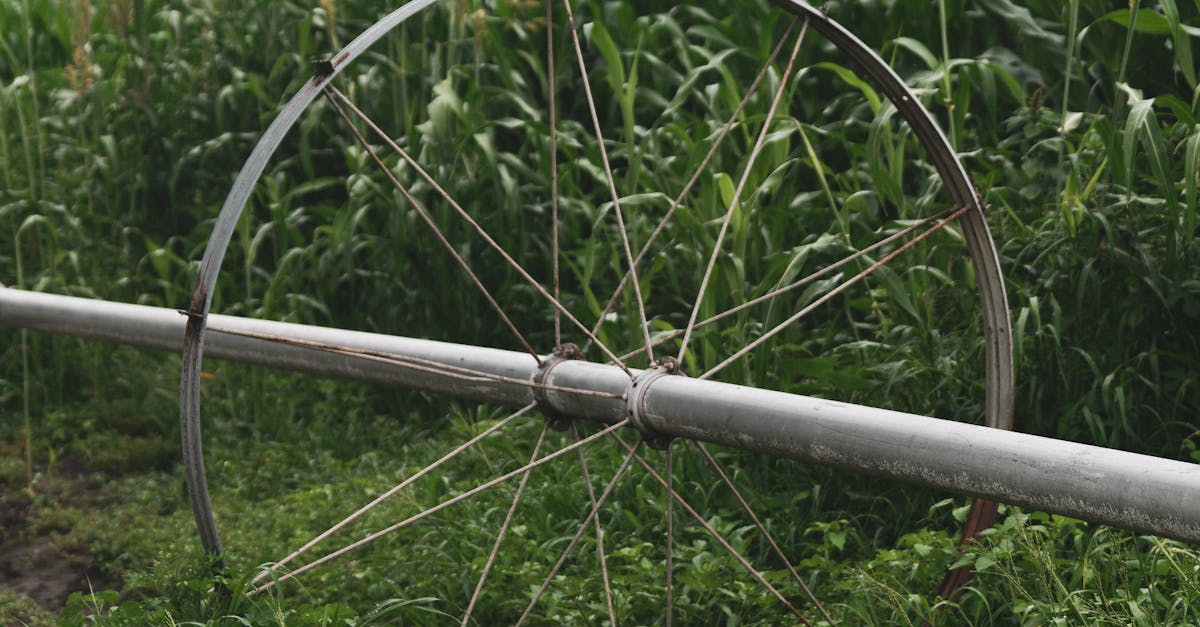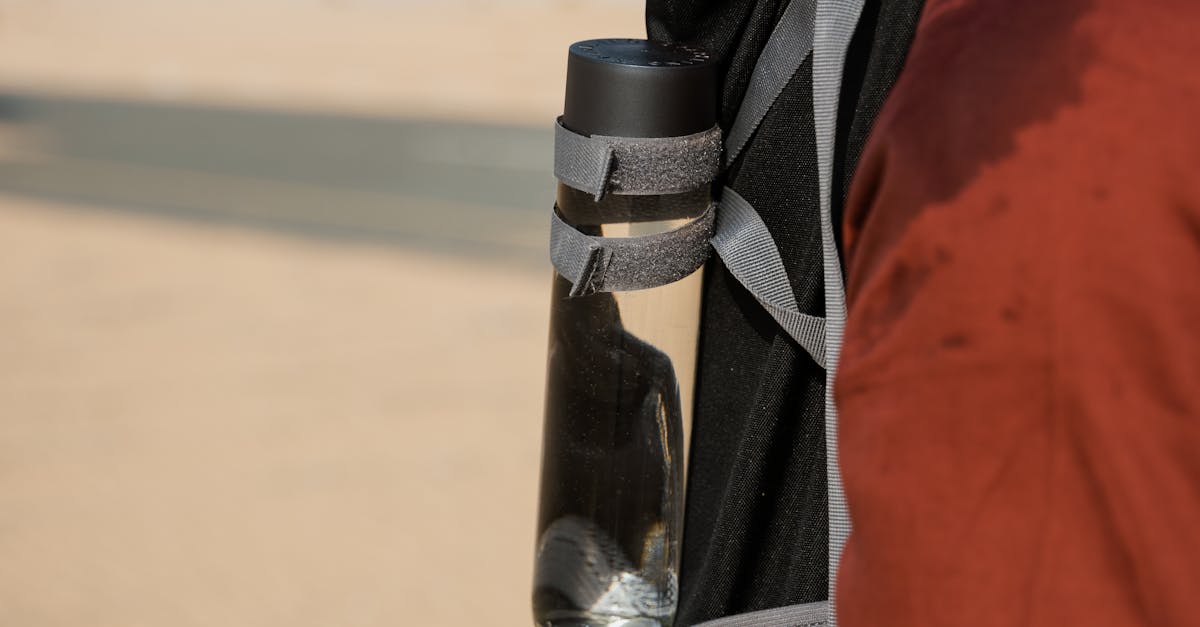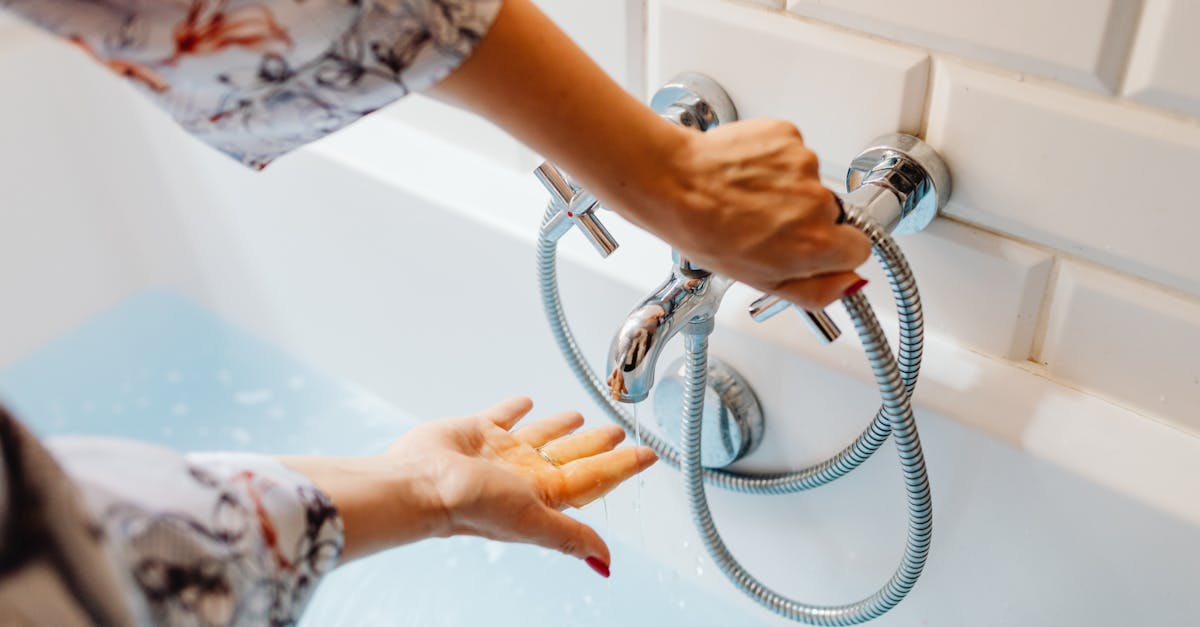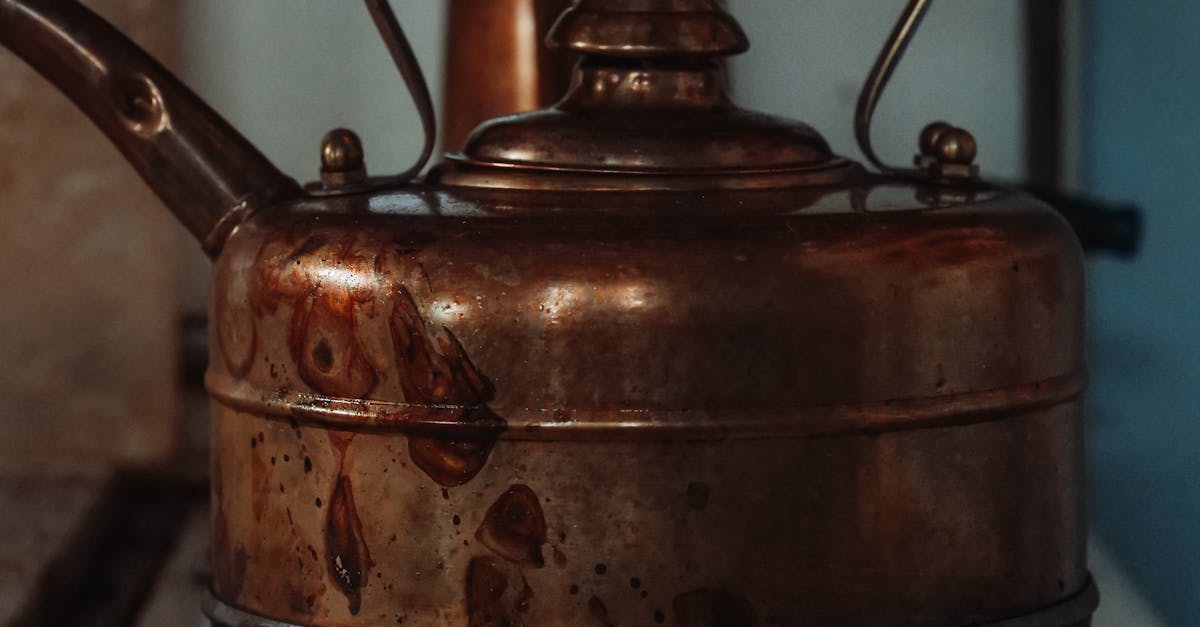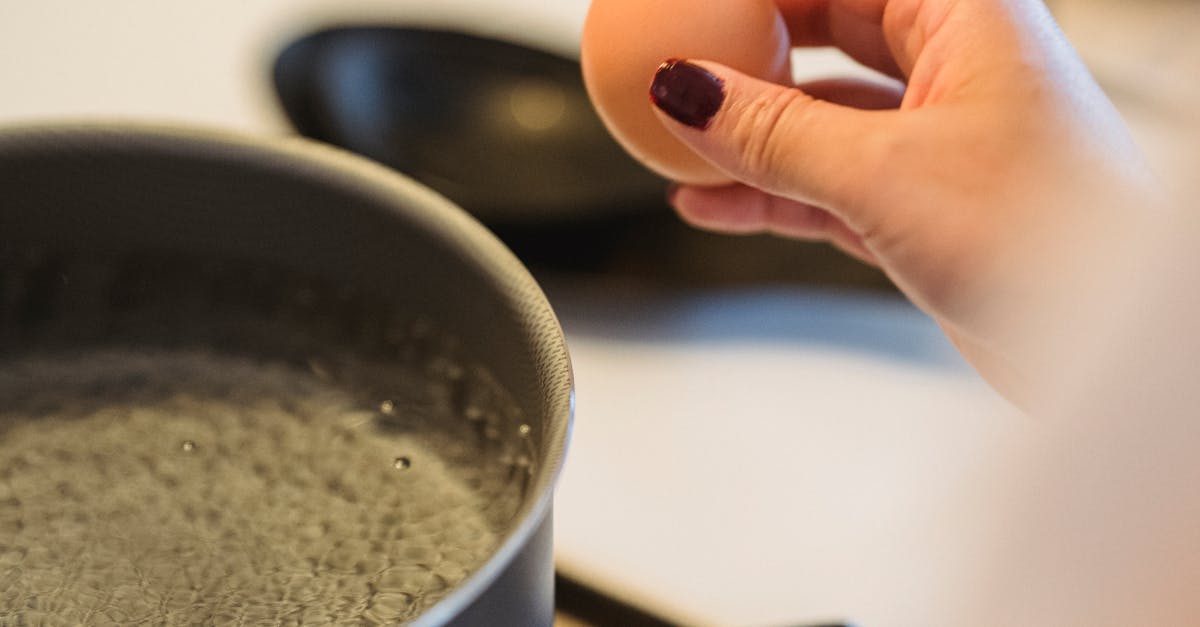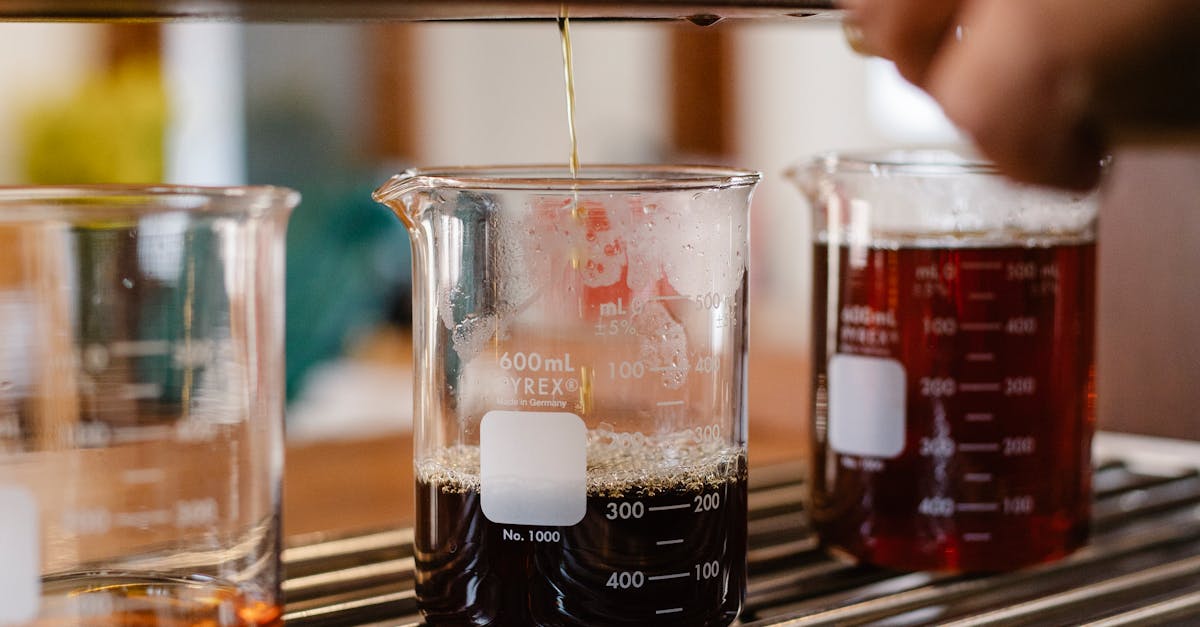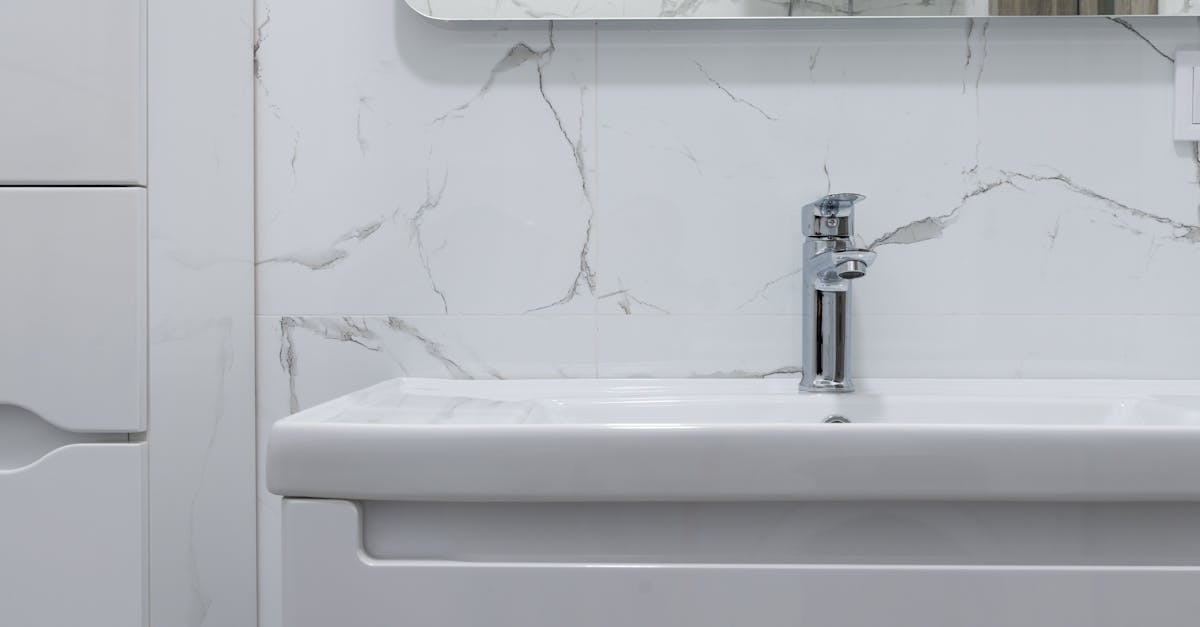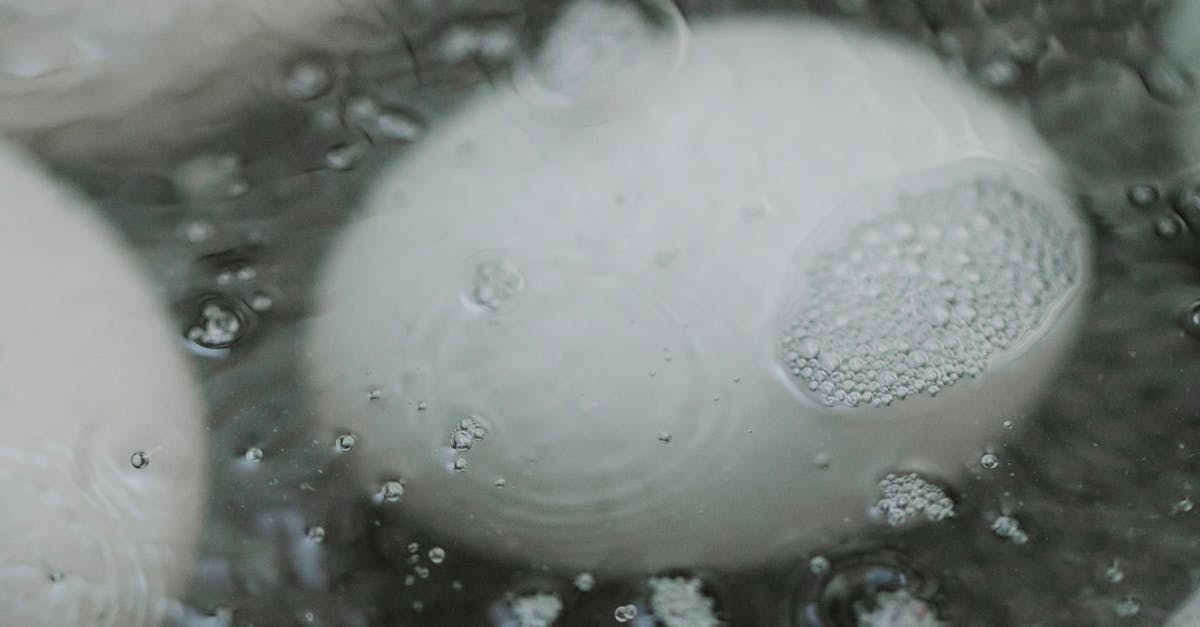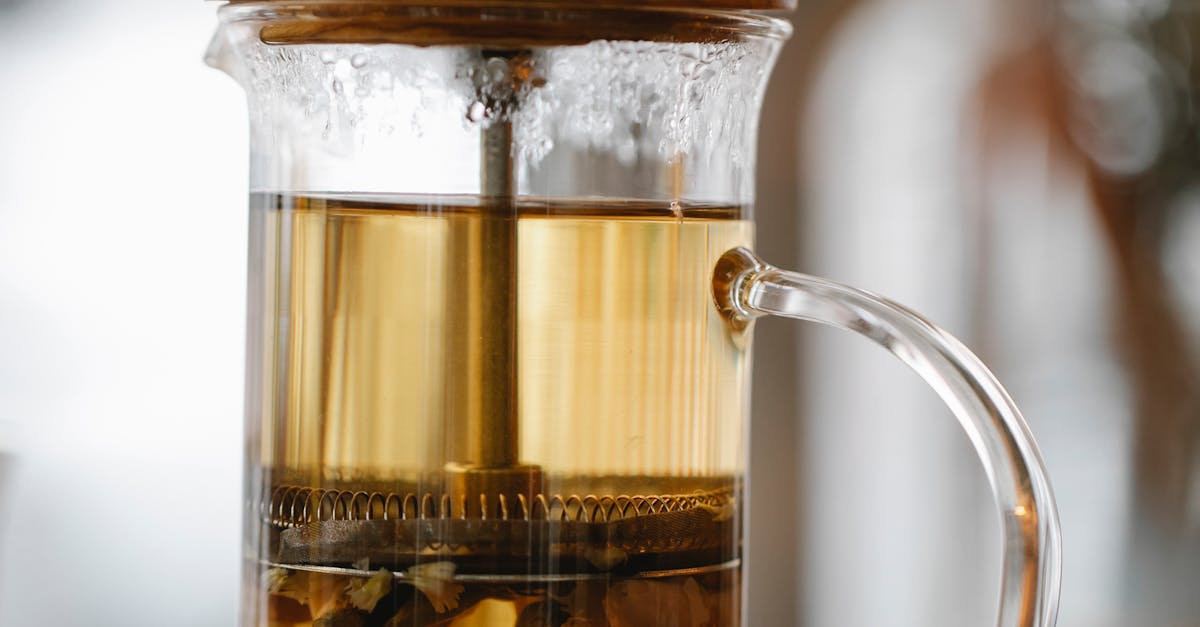
Table Of Contents
Investigating Power Supply Problems
When dealing with hot water issues, the first step is to investigate power supply problems. A lack of electricity can prevent a water heater from functioning properly. Check circuit breakers to ensure they are not tripped. If the breaker has flipped, reset it and observe if the hot water supply resumes. Faulty wiring or connections can also contribute to power issues, so it's crucial to inspect any visible wiring for wear or damage.
In addition to the basic power supply checks, examine the thermostat settings on the water heater. If the thermostat is set too low, it may hinder the heater from providing adequate hot water. For electric models, verifying that both heating elements are operational can also be essential during hot water system troubleshooting. If necessary, using a multimeter to test the elements could help determine if they are functioning correctly.
Ensuring Electrical Connections are Secure
Electrical connections are crucial for the operation of a water heater. Loose or damaged connections may disrupt the power supply, leading to insufficient heating or no hot water at all. Begin by switching off the power supply to the unit to prevent any accidents. Inspect the electrical wiring for any signs of wear or corrosion. Tighten any loose connections and replace damaged wires to ensure a reliable flow of electricity to the heater.
In the process of Hot Water System Troubleshooting, it is important to check the circuit breaker or fuse box as well. A tripped breaker or blown fuse can halt the entire system, causing frustration. Reset the breaker and observe any unusual sounds or smells coming from the unit. If the issue persists, it might be worthwhile to consult a professional electrician to assess the situation. This will help ensure that your hot water system operates safely and effectively.
Exploring Gas Supply for Gas Water Heaters
When experiencing issues with hot water supply in gas water heaters, the first step is to check the gas supply. Make sure that the gas valve is open and the supply line is unobstructed. If the heater is connected to a propane supply, ensure you have sufficient fuel in the tank. Confirming these factors can help eliminate basic issues that would interrupt the operation of the water heater, an essential aspect of hot water system troubleshooting.
Another critical area to consider is the pilot light. If the pilot light is out, the gas water heater cannot generate heat. Relighting the pilot can often resolve the issue, but it’s important to follow the manufacturer’s instructions for safely relighting it. Additionally, checking for gas leaks around the connections is crucial. Leaks can not only hinder performance but also pose safety risks, so addressing these problems promptly should be a priority during any hot water system troubleshooting.
Confirming Gas Flow and Pilot Light Operation
In the process of hot water system troubleshooting, it is essential to check the gas supply to ensure that your water heater is functioning properly. Start by verifying that the gas valve is turned on. If the valve is closed, the water heater will not receive the necessary gas flow. Inspect for any visible damage or disconnections in the gas line. Look for any signs of leaks, which can pose safety hazards. If everything appears in order, proceed to check the pilot light.
If your water heater is equipped with a pilot light, confirming its operation is crucial for proper functionality. When the pilot light is out, the burner cannot ignite, leading to a lack of hot water. Gently relight the pilot according to the manufacturer’s instructions if it is not lit. After relighting, watch for a few moments to ensure it burns steadily. If the pilot light repeatedly goes out, this may indicate an issue with the thermocouple or other components that require further inspection.
Looking for Sediment Buildup
Sediment buildup can significantly impact the efficiency of your hot water system. Over time, minerals from the water supply settle at the bottom of the tank, leading to reduced capacity and potential damage to heating elements. Regular checks can help identify if sediment is present. Symptoms may include discolored water or strange noises emanating from the tank.
Flushing the water heater periodically is crucial for maintaining optimal performance. This process involves draining the tank to remove accumulated sediment. It can be a straightforward task that involves connecting a hose to the drain valve and allowing the water to flow out until it runs clear. Implementing these steps in your hot water system troubleshooting routine can enhance the longevity of the heater and improve efficiency.
Flushing the Water Heater to Improve Performance
Flushing a water heater is an essential maintenance task that can significantly enhance its performance. Over time, sediment and mineral buildup can accumulate at the bottom of the tank, which can decrease efficiency and lead to hot water supply issues. This buildup often occurs in areas with hard water, affecting the heating elements and causing inconsistent water temperatures. Addressing this problem through regular flushing helps to clear out the debris and contributes to the longevity of the hot water system.
To flush the water heater, it is necessary to turn off the power source or gas supply first. Attach a garden hose to the drain valve at the bottom of the tank, directing the other end to a suitable drainage location. Open the valve and allow the water to flow out until it runs clear, indicating that most of the sediment has been removed. This process can be an effective part of your hot water system troubleshooting strategy, ensuring a consistent supply of hot water and preventing future issues related to sediment accumulation.
FAQS
What should I check first if I have no hot water?
First, investigate the power supply to your water heater. Ensure that it is connected properly and that there are no tripped breakers or blown fuses.
How can I tell if my electric water heater’s connections are secure?
Check all wiring connections to ensure they are tight and free of corrosion. If you’re unsure, consider hiring a professional electrician to inspect the connections.
What steps should I take if I suspect a gas supply issue?
Check if the gas supply valve is open and ensure that there is gas flowing to the water heater. Also, inspect the pilot light to see if it’s functioning properly.
How do I know if there is sediment buildup in my water heater?
If you notice a decrease in hot water pressure or hear rumbling noises coming from your heater, sediment buildup may be the issue. Flushing the water heater can help resolve this.
What is the process for flushing a water heater to improve performance?
To flush a water heater, turn off the power or gas supply, connect a garden hose to the drain valve, open the valve to let the water out, and flush until the water runs clear. Make sure to follow the manufacturer’s instructions for your specific model.









